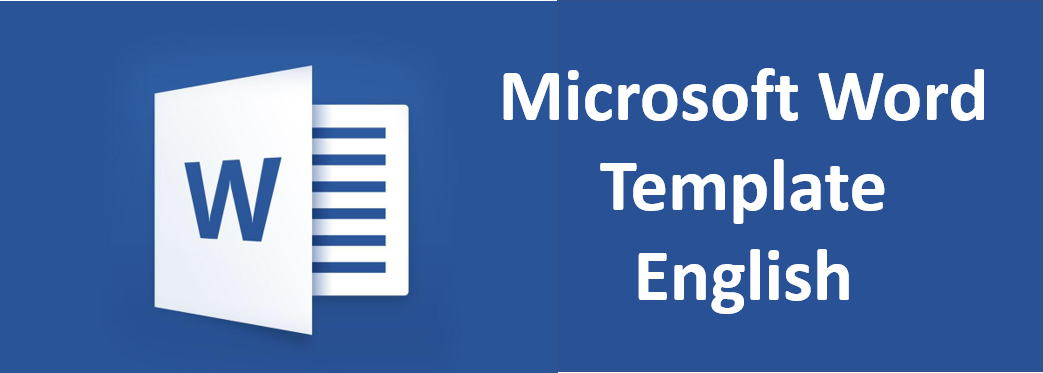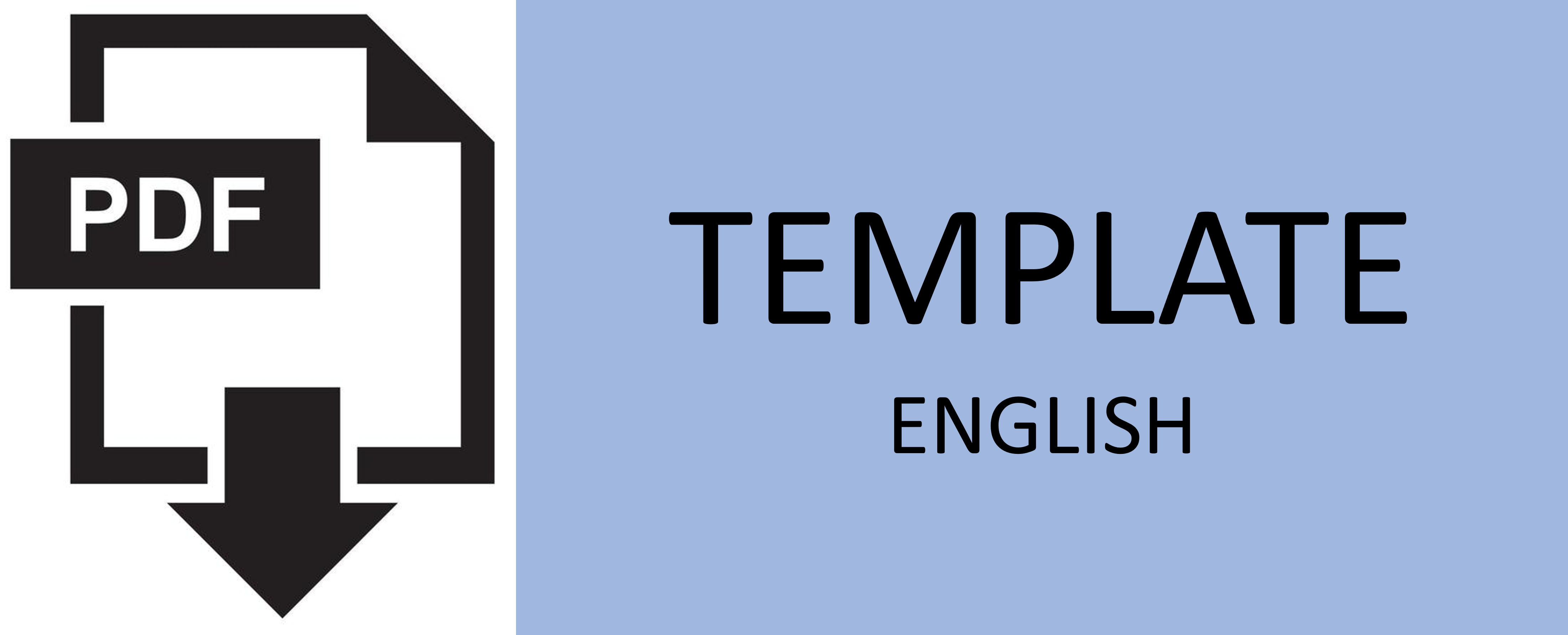SORPTIVITY AND CHLORIDE PENETRABILITY EVALUATION OF CONCRETE INCORPORATING FLY ASH AND SILICA FUME
Abstract
Keywords
Full Text:
PDFReferences
D. Chen and S. Mahadevan, “Chloride-induced reinforcement corrosion and concrete cracking simulation,” Cem. Concr. Compos., vol. 30, no. 3, pp. 227–238, Mar. 2008.
Y. Zhao, J. Yu, Y. Wu, and W. Jin, “Critical thickness of rust layer at inner and out surface cracking of concrete cover in reinforced concrete structures,” Corros. Sci., vol. 59, pp. 316–323, Jun. 2012.
H. S. Wong, Y. X. Zhao, a. R. Karimi, N. R. Buenfeld, and W. L. Jin, “On the penetration of corrosion products from reinforcing steel into concrete due to chloride-induced corrosion,” Corros. Sci., vol. 52, no. 7, pp. 2469–2480, Jul. 2010.
K. Hong, “Cyclic Wetting and Drying and its Effects on Chloride Ingress in Concrete,” University of Toronto, 1998.
I. Zafar and T. Sugiyama, “The influence of bending crack on rebar corrosion in fly ash concrete subjected to different exposure conditions under static loading,” Constr. Build. Mater., vol. 160, pp. 293–307, 2018.
Y. Zhao, J. Yu, B. Hu, and W. Jin, “Crack shape and rust distribution in corrosion-induced cracking concrete,” Corros. Sci., vol. 55, pp. 385–393, Feb. 2012.
K. Subbiah, S. Velu, S. Kwon, H. Lee, N. Rethinam, and D. Park, “Electrochimica Acta A novel in-situ corrosion monitoring electrode for reinforced concrete structures,” Electrochim. Acta, vol. 259, pp. 1129–1144, 2018.
S. P. Zhang and L. Zong, “Evaluation of relationship between water absorption and durability of concrete materials,” Adv. Mater. Sci. Eng., vol. 2014, 2014.
P. D. P. Kumar Mehta and P. D. Paulo J. M. Monteiro, Concrete: Microstructure, Properties, and Materials, Fourth Edition, 4th ed. New York: McGraw-Hill Education, 2014.
P. S. Abdurahman Alhozaimy and Faiz Mirza, “Effects of Curing Conditions and Age on Chloride Permeability of Fly Ash Mortar,” ACI Mater. J., vol. 93, no. 1, 1996.
A. M. Diab, A. E. M. Abd Elmoaty, and A. A. Aly, “Long term study of mechanical properties, durability and environmental impact of limestone cement concrete,” Alexandria Eng. J., vol. 55, no. 2, pp. 1465–1482, 2016.
S. H. Alsayed and M. A. Amjad, “Strength, Water Absorption and Porosity of Concrete Incorporating Natural and Crushed Aggregate,” J. King Saud Univ. - Eng. Sci., vol. 8, no. 1, pp. 109–119, 1996.
S. F. Korenkova and Y. V. Sidorenko, “Improving durability of cement composite materials,” Procedia Eng., vol. 111, no. TFoCE, pp. 420–424, 2015.
H. A. Mohamed, “Effect of fly ash and silica fume on compressive strength of self-compacting concrete under different curing conditions,” Ain Shams Eng. J., vol. 2, no. 2, pp. 79–86, 2011.
D. Wang, X. Zhou, Y. Meng, and Z. Chen, “Durability of concrete containing fly ash and silica fume against combined freezing-thawing and sulfate attack,” Constr. Build. Mater., vol. 147, pp. 398–406, 2017.
R. A. Wahab, M. N. Mazlee, S. B. Jamaludin, and K. N. Ismail, “Effects of fly ash addition on compressive strength and flexural strength of foamed cement composites,” Adv. Mater. Res., vol. 795, no. May 2014, pp. 664–668, 2013.
D. Nagrockienė and A. Rutkauskas, “The effect of fly ash additive on the resistance of concrete to alkali silica reaction,” Constr. Build. Mater., vol. 201, pp. 599–609, 2019.
H. Madani, M. N. Norouzifar, and J. Rostami, “The synergistic effect of pumice and silica fume on the durability and mechanical characteristics of eco-friendly concrete,” Constr. Build. Mater., vol. 174, pp. 356–368, 2018.
S. Chandra and K. Bendapudi, “Contribution of Fly ash to the properties of Mortar and Concrete,” Int. J. Earth Sci. Eng., vol. 04, no. October 2011, pp. 1017–1023, 2015.
V. Srivastava, V. . Agarwal, and R. Kumar, “Effect of Silica Fume on Mechanical Properties of Concrete Incorporating Steel Slag Powder,” Wuhan Univ. J. Nat. Sci., vol. 24, no. 1, pp. 86–92, 2019.
DOI: http://dx.doi.org/10.12962/j20861206.v34i2.6576
Refbacks
- There are currently no refbacks.

Journal of Civil Engineering is licensed under a Creative Commons Attribution-ShareAlike 4.0 International License.








.jpg)